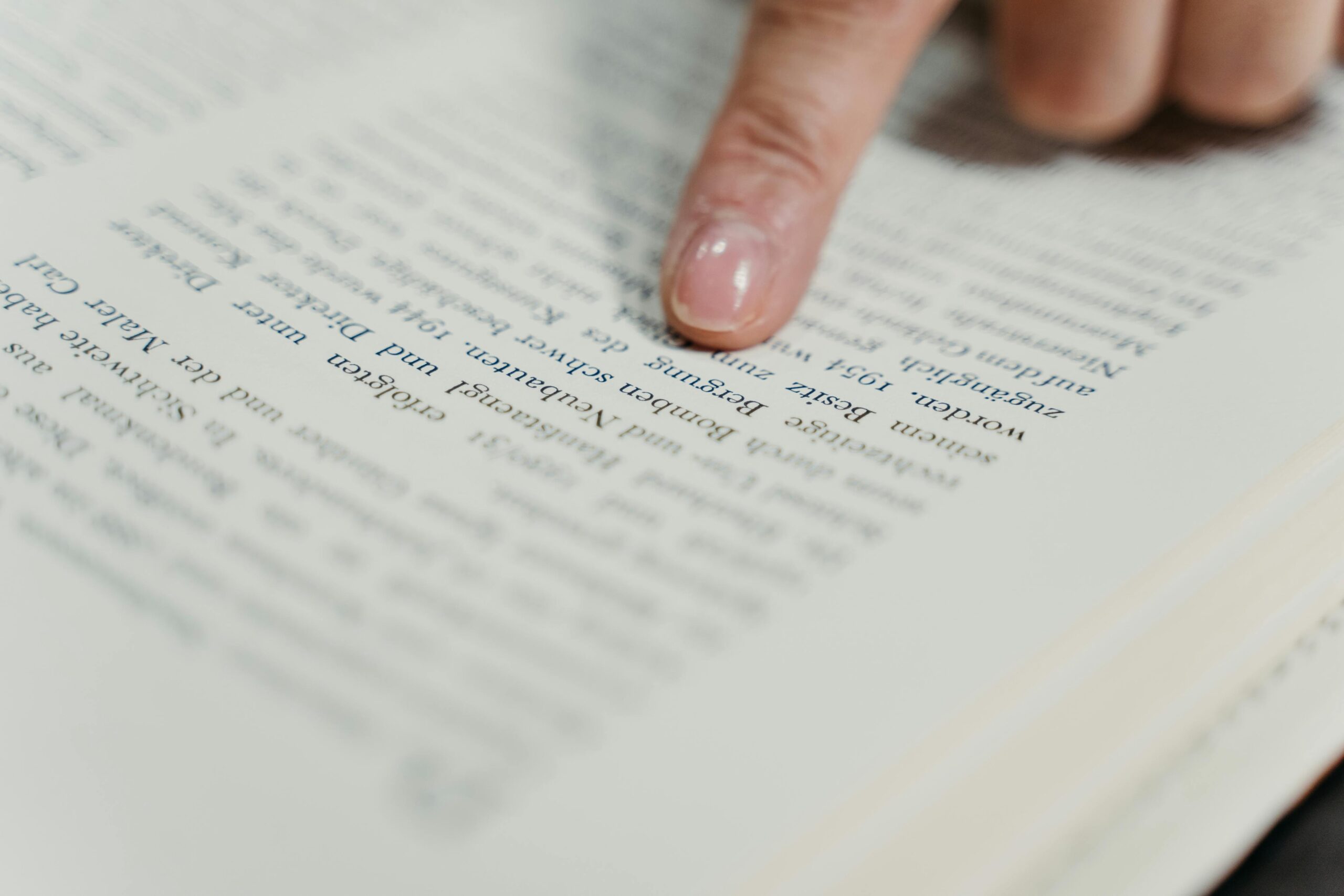Mastering Vertėjjas: Techniques and Tools for Effective Translation

Have you ever wondered how books, movies, and websites can be read and understood in different languages? The magic behind this is called translation, and the people who do it are called translators. In Lithuanian, a translator is called “vertėjas.” Let’s dive into how vertėjai (that’s plural for vertėjas) do their amazing work!
What Does a Vertėjas Do?
A vertėjas takes words from one language and changes them into another language. This isn’t as simple as swapping one word for another. Languages have different ways of saying things, and a good vertėjas makes sure the translated text sounds natural and makes sense.
Techniques for Effective Translation
- Understanding Both Languages: A good vertėjas must know both the original and the target languages very well. This means understanding grammar, slang, and cultural references.
- Context Matters: Words can mean different things depending on the context. For example, the word “bank” can mean the edge of a river or a place where you keep money. A vertėjas needs to understand the context to choose the right meaning.
- Cultural Sensitivity: Every culture has unique customs and traditions. A vertėjas must be aware of these to avoid misunderstandings. For example, certain jokes might be funny in one culture but confusing or even offensive in another.
- Keeping the Original Style: If a book is funny, the translation should also be funny. If a speech is formal, the translation should be formal too. A vertėjas works hard to keep the same style and tone.
Tools for Effective Translation
Translators have many tools that help them do their job more efficiently:
- Dictionaries and Thesauruses: These are essential for looking up words and finding synonyms. Online dictionaries are especially useful because they are updated regularly.
- Translation Software: Programs like Google Translate can provide quick translations. However, these are not always perfect and often need to be checked and corrected by a human vertėjas.
- CAT Tools (Computer-Assisted Translation): These tools help vertėjai manage their work. They can store translations of phrases and sentences so that the vertėjas can use them again. Examples include SDL Trados and MemoQ.
- Glossaries and Translation Memories: These are collections of terms and previous translations that help keep the language consistent. If a company always translates “user manual” as “naudotojo vadovas,” the vertėjas will use the glossary to remember this.
Why Is Translation Important?
Translation is crucial because it allows people from different countries to understand each other. It helps spread ideas, culture, and information. Without translation, we wouldn’t be able to enjoy foreign movies, read books from other countries, or even use many websites and apps.
Becoming a Vertėjas
If you enjoy learning languages and are interested in different cultures, you might enjoy being a vertėjas. It takes a lot of practice, but it can be very rewarding. You get to work with words every day and help people communicate across language barriers.
Conclusion
Mastering the art of being a vertėjas involves understanding languages deeply, being aware of cultural differences, and using helpful tools to make the job easier. Translators play a key role in connecting the world, making it possible for us to share stories, ideas, and knowledge with each other. Whether you want to be a vertėjas or just appreciate their work, understanding their techniques and tools helps us see the importance of translation in our global society.
FAQs about Vertėjai and Translation
1. What is a vertėjas?
A vertėjas is a translator who converts text from one language to another, ensuring it makes sense in the target language.
2. What skills does a vertėjas need?
A vertėjas needs strong language skills in both the source and target languages, cultural awareness, and attention to detail.
3. What tools do vertėjai use?
Vertėjai use dictionaries, thesauruses, translation software, CAT tools (like SDL Trados and MemoQ), and glossaries.
4. Why is cultural sensitivity important in translation?
Cultural sensitivity ensures that the translation respects cultural nuances and avoids misunderstandings or offenses.
5. How do vertėjai handle different contexts in translation?
Vertėjai understand the context of the original text to choose the right words and meanings in the target language.
6. Can translation software replace human vertėjai?
No, translation software can help but cannot fully replace human vertėjai because it often lacks accuracy and cultural understanding.
7. What is a CAT tool?
A CAT (Computer-Assisted Translation) tool helps manage translations by storing phrases and sentences for reuse, improving consistency and efficiency.
8. How do glossaries help in translation?
Glossaries provide standardized translations of specific terms, ensuring consistency across documents.
9. Why is translation important?
Translation enables communication between people who speak different languages, spreading ideas, culture, and information globally.
10. How can someone become a vertėjas?
To become a vertėjas, one should study languages, practice translation, and learn about different cultures. Formal education and certification can also help.



